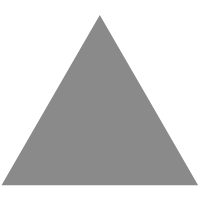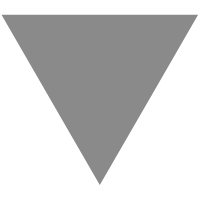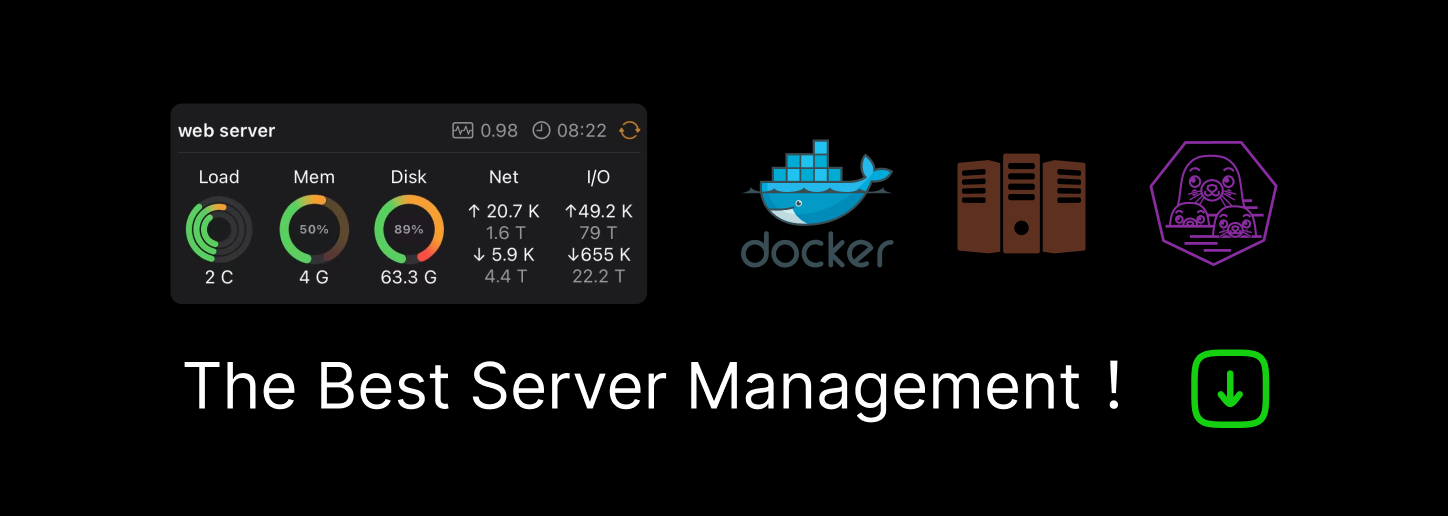

Digital twins and automated vehicles: Building the future at Woven Planet
source link: https://blog.unity.com/manufacturing/digital-twins-and-automated-vehicles-building-the-future-at-woven-planet
Go to the source link to view the article. You can view the picture content, updated content and better typesetting reading experience. If the link is broken, please click the button below to view the snapshot at that time.


See how Woven Planet, a subsidiary of Toyota, is using Unity to transform how people live, work and move.
With aims to bring to market self-driving vehicles, home robots and a prototype city, Woven Planet Holdings, Inc. – formerly the Toyota Research Institute – Advanced Development, Inc. (TRI-AD) – does not lack ambition. The Universal Exports Simulation team at Woven Alpha, Inc. a Woven Planet Group company, plays a pivotal role in the development of these groundbreaking products, acting as a connective tissue between design, engineering and research groups.
Designers, engineers and researchers are all dedicated to bringing Woven Planet’s vision of “Mobility to love, Safety to live” to life. “Everything we do at Woven Planet centers on achieving human-centered, data-driven designs,” said Matthew Doell, Head of Universal Exports Simulation. Driving these outcomes requires cutting-edge tools to support the testing and development of exceptional and intuitive user experiences.
“When it came to selecting a real-time 3D development platform, Unity stood out because it allows us to create content for a wide range of devices and connect to emerging technologies, which is a big advantage for us,” said Doell.
For Woven Planet’s automated driving efforts, for instance, Doell’s team creates interactive, immersive driving simulators for multiple participants to participate in networked sessions. The “driver” of the vehicle can be in Woven Planet’s Tokyo office in a seating buck, while the passenger can be working from home and accessing the experience on an Oculus Quest virtual reality (VR) device.
At Woven Planet, employee happiness, health and productivity matter, and their best-in-class IT infrastructure and work environment options support that priority. The ability for employees to conduct simulations on any aspect of user experience (e.g., interior configurations, infotainment screens and even driving the virtual vehicle) regardless of their location has proven particularly helpful in navigating pandemic challenges and satisfying social distancing requirements.
Remote work means people may not have physical access to products, and it can also severely hinder communication about complex subjects. To overcome these challenges, Woven Planet uses Unity Industrial Collection, which includes Unity Pro for interactive development and augmented and virtual reality content creation, and Pixyz Plugin for automated 3D data import and optimization. Woven Planet also uses Pixyz Studio for advanced computer-aided design (CAD) and 3D data preparation for Unity.
To stay on the cutting edge of development, Woven Planet also works with Unity’s professional services team in Japan. “Unity’s team of specialists helps us solve complex problems together and iterate rapidly in an agile way,” said Doell. “We benefit tremendously from their intimate familiarity of Unity and their direct connections to the teams responsible for building Unity’s software across the globe.”
Among Woven Planet’s most ambitious projects is Woven City, a human-centered, ever-evolving, living laboratory to be built at the base of Mount Fuji, on the site of the Toyota Motor East Japan (TMEJ) Higashi-Fuji plant, which ended vehicle production in 2020. Woven City will eventually house thousands of full-time residents and Woven Planet researchers.
By building a human-centered smart city that continuously improves quality of life, the team aims to revolutionize city planning and design, and a Unity-based digital twin – essentially an identical virtual copy of the physical city – helps them do that. With the ability to conduct a range of simulations and test hundreds of scenarios in parallel, the digital twin makes it easy to understand how various parameters impact the delivery of human-centered designs.
The team can see how architectural changes or lighting at different times of day affects the surrounding environment. Or, since Woven City plans to deliver goods to each home by automated delivery robots, they can visualize and simulate robot traffic at an intersection, determine the root causes of congestion and make adjustments to maximize efficiency.
This content is hosted by a third party provider that does not allow video views without acceptance of Targeting Cookies. Please set your cookie preferences for Targeting Cookies to yes if you wish to view videos from these providers.
Traditional city planning doesn’t allow for a thorough, accurate and expeditious exploration of such scenarios; typically, many problems aren’t identified until late in the process, when changes are more difficult and costly to make. The digital twin helps designers and engineers quickly fine-tune and adapt elements of the city.
Leveraging Unity’s capabilities to build once and deploy anywhere, the Woven City digital twin is accessible across a range of devices, from PCs to high-end virtual and mixed reality headsets like Varjo. It supports multiuser participation so employees from anywhere (represented as avatars) can interact and even speak to each other in the virtual environment.
“Woven City will connect people, buildings and vehicles through data and sensors, and our digital twin enables us to simulate the best ways to create those connections,” said Doell. “Unity creates an incredibly authentic and believable way to explore and experience this space years before you can be there physically.”
Rendered with Unity’s High Definition Render Pipeline (HDRP), the digital twin uses high-fidelity graphics to create a realistic environment spanning over 100 square kilometers. It enables those creating the city to explore it from any vantage point, from bird’s-eye views all the way down to micro-level details thanks to dynamic loading and unloading of assets.
“We’re seamlessly blending virtual and physical realities with millimeter precision,” says Doell. “It’s exciting to see it take shape.”
Inspired by Woven Planet’s work with Unity? Check out career opportunities on Woven Planet’s Universal Exports Simulation team.
Try or buy the Unity Industrial Collection.
Recommend
-
 10
10
Are Electric Vehicles Good For The Planet? 4298 members Technology Technology on Digg: the best articles, videos, tweets, a...
-
 4
4
Microsoft paves digital twins’ on-ramp for construction, real estate ADVERTISEMENT Run your own branded in-game store Start t...
-
 11
11
Rethinking employee benefits in a post-pandemic world There’s no going back to the 2019 playbook, particularly for benefits. Learn what employees expect in the new normal, and how you can keep a competitive ed...
-
 5
5
August 11, 2021
-
 8
8
How digital twins are transforming network infrastructure: Future state (part 2)
-
 9
9
What The Winklevoss Twins Think About The Future Of Crypto ...
-
 8
8
Why AI and digital twins could be the keys to a sustainable future Skip to main content...
-
 9
9
Vera aims to create intelligent digital twins of any building or physical space
-
 4
4
How Siemens grew 25% in two years building a SaaS for digital twins
-
 10
10
How TomTom is open to building a digital twin of the planetThis website uses cookies to ensure you get the best experience on our website.
About Joyk
Aggregate valuable and interesting links.
Joyk means Joy of geeK